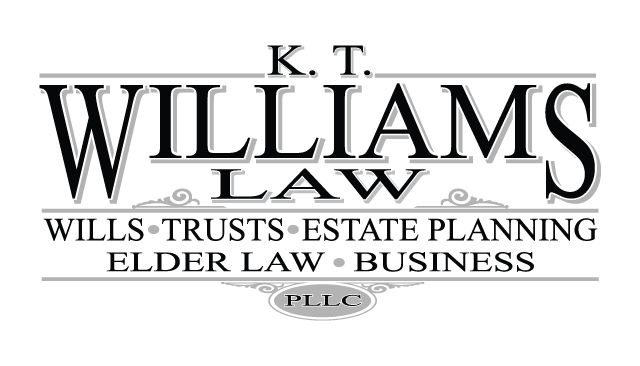Beneficiary Designations: When was the last time you checked yours?
Beneficiary designations are an important part of your estate plan. They direct where certain assets or benefits are to be paid at your death. Usually, beneficiary designations allow the asset to pass directly to your beneficiary without delay. This often results in savings of time and money to your beneficiaries.
Life Insurance and Retirement Accounts
The most common assets with beneficiary designations are our retirement accounts and life insurance policies. When we establish our retirement accounts, we are given beneficiary designation forms to complete. On the forms, we identify who we want to receive the assets at our death. In addition to the primary beneficiary, we can name contingent, or successor, beneficiaries. As our lives change, the beneficiary we initially chose may need changing as well. For instance, if we establish the account before we are married, we might name a sibling or a parent as the beneficiary. After we marry, we might prefer that our beneficiary be our spouse. Later, children might enter the picture. If we have children, naming them as contingent beneficiaries might seem like the right thing to do.
However, it is easy to forget our beneficiary designations when we are caught up in everyday life. Months and years may pass without giving any thought to what will happen to those accounts when we pass. Let this be your reminder. And, when you check them, check in with your financial advisor or insurance professional to make sure that you are on track with the goals you’ve set.
Banking and Investment Accounts
In addition to the life insurance and retirement accounts, your banking accounts and investment accounts may also have beneficiary designations assigned to them. This is accomplished through a pay-on-death (POD) designation. For example, when a person who owns a bank or investment account adds a POD designation, the POD beneficiary will receive the account upon the death of the owner. As with other automatic transfers that occur at death, this type of automatic transfer bypasses Probate and the Estate Administration process.
Annual Review of Beneficiary Designations
At least once a year, you should review your beneficiary designations and POD designations. You want to be certain that the beneficiaries you identified remain who you want to receive the asset. As our life changes and our families change, grow and mature, the designation that made sense in the past may not make sense today.
Additional Consideration: Asset Protection
Occasionally, the beneficiary designation should change for reasons other than changes in marriage and children. Perhaps, you want to protect your assets from the cost of nursing home care. Perhaps, you want to protect your assets from falling into the wrong hands, such as the hands of an in-law or a child’s ex-spouse. Perhaps you want your assets to benefit someone without jeopardizing their other benefits, such as SSI, Medicaid, or other government programs. In those instances, a Trust can take care of the beneficiary and protect the assets you are passing to them. Care should be taken to ensure that the beneficiary designation is completed correctly so that it achieves your goal.
Let us help you make sure the beneficiary designations are correct and make the most sense for your family and your goals. If your goals include protecting your assets from nursing home costs of a beneficiary, from in-laws or ex-spouses, and from creditors, special guidance is necessary.


